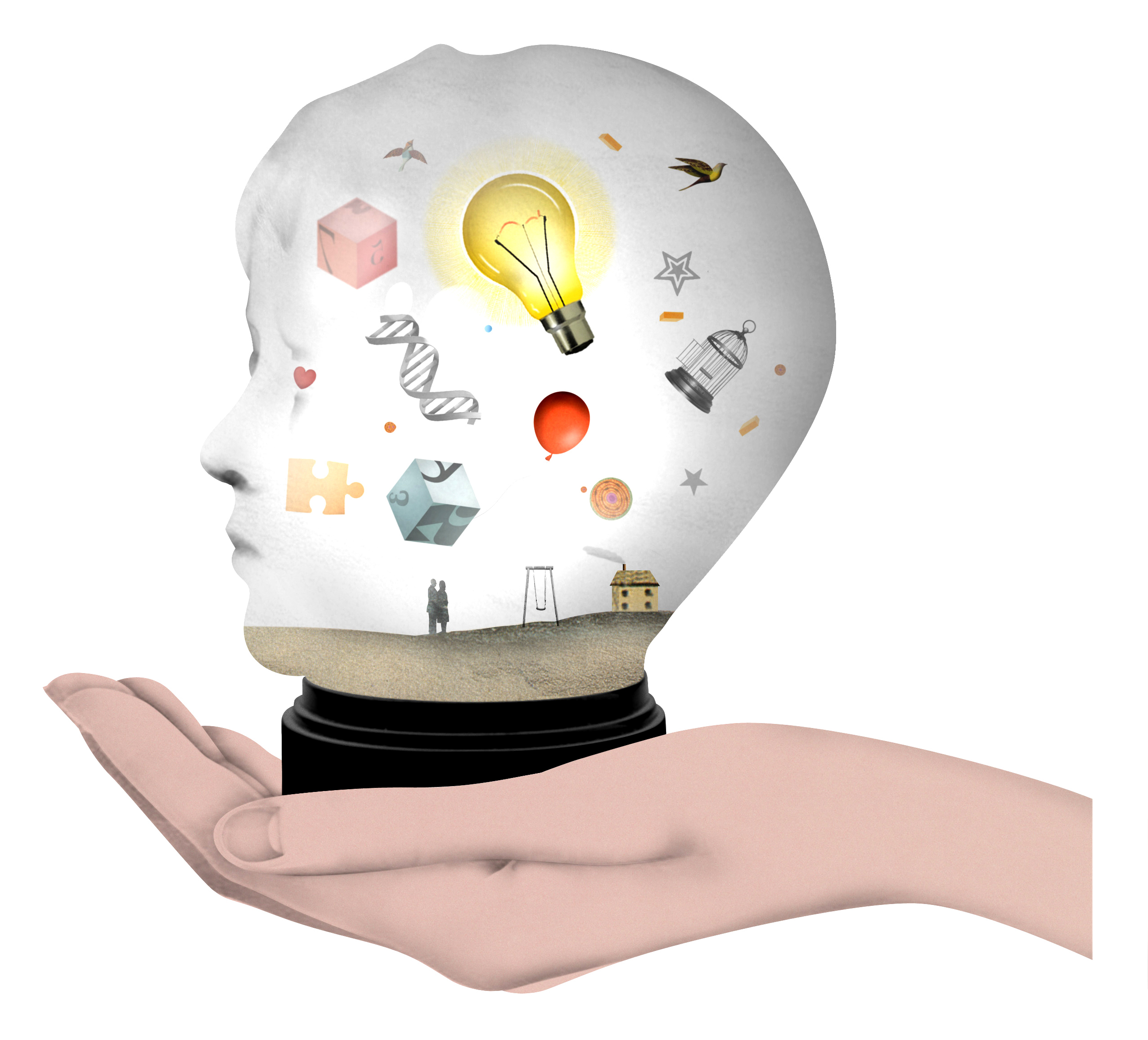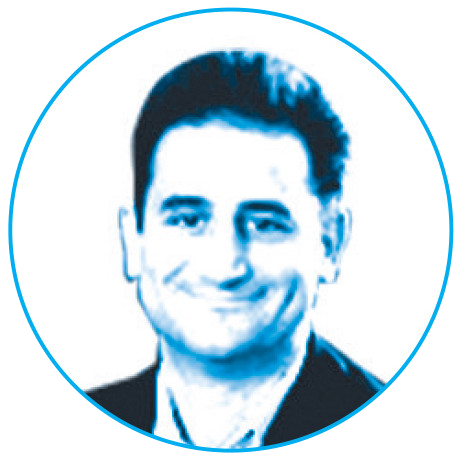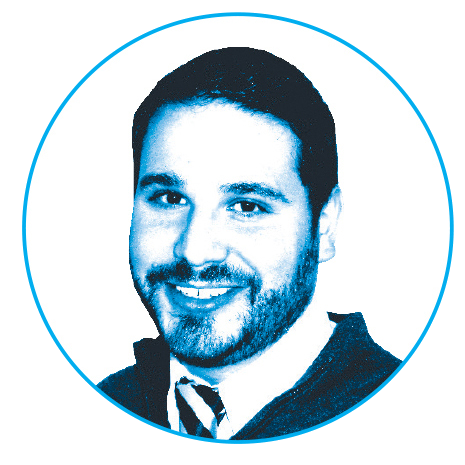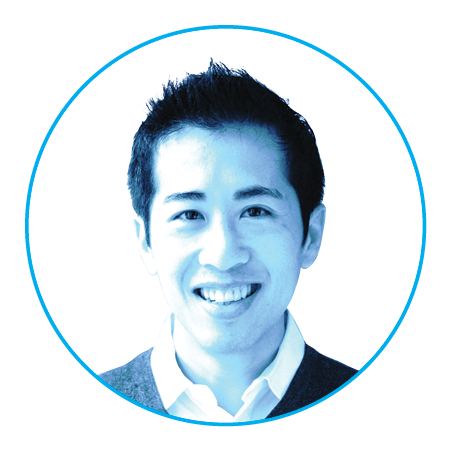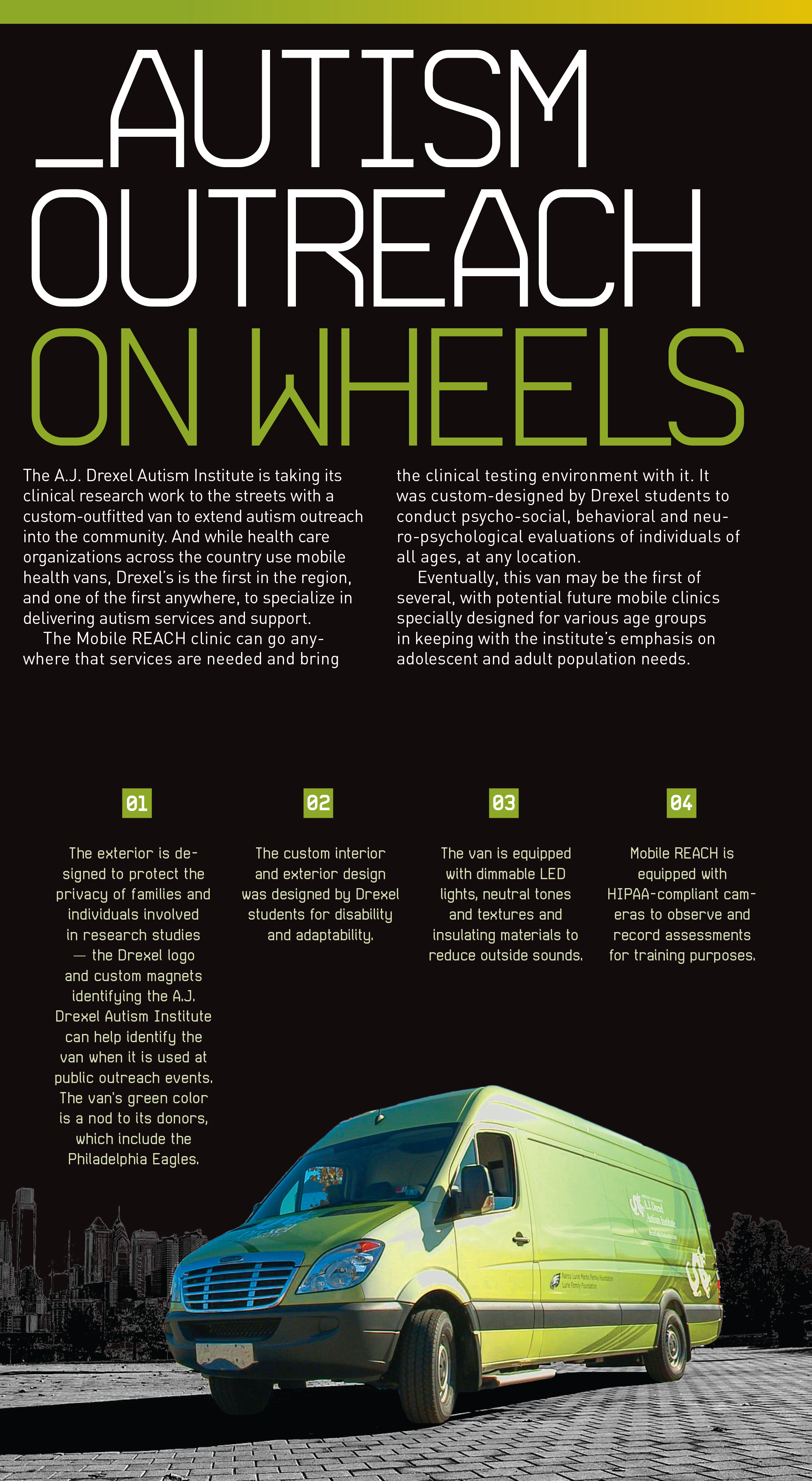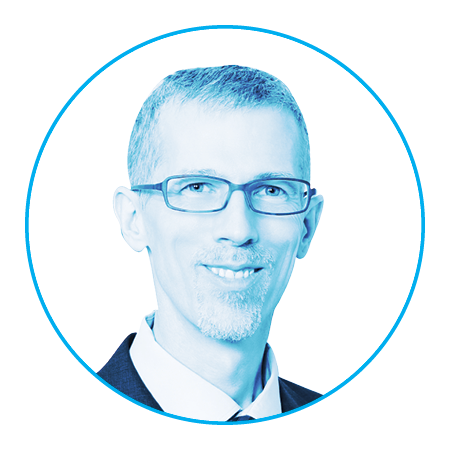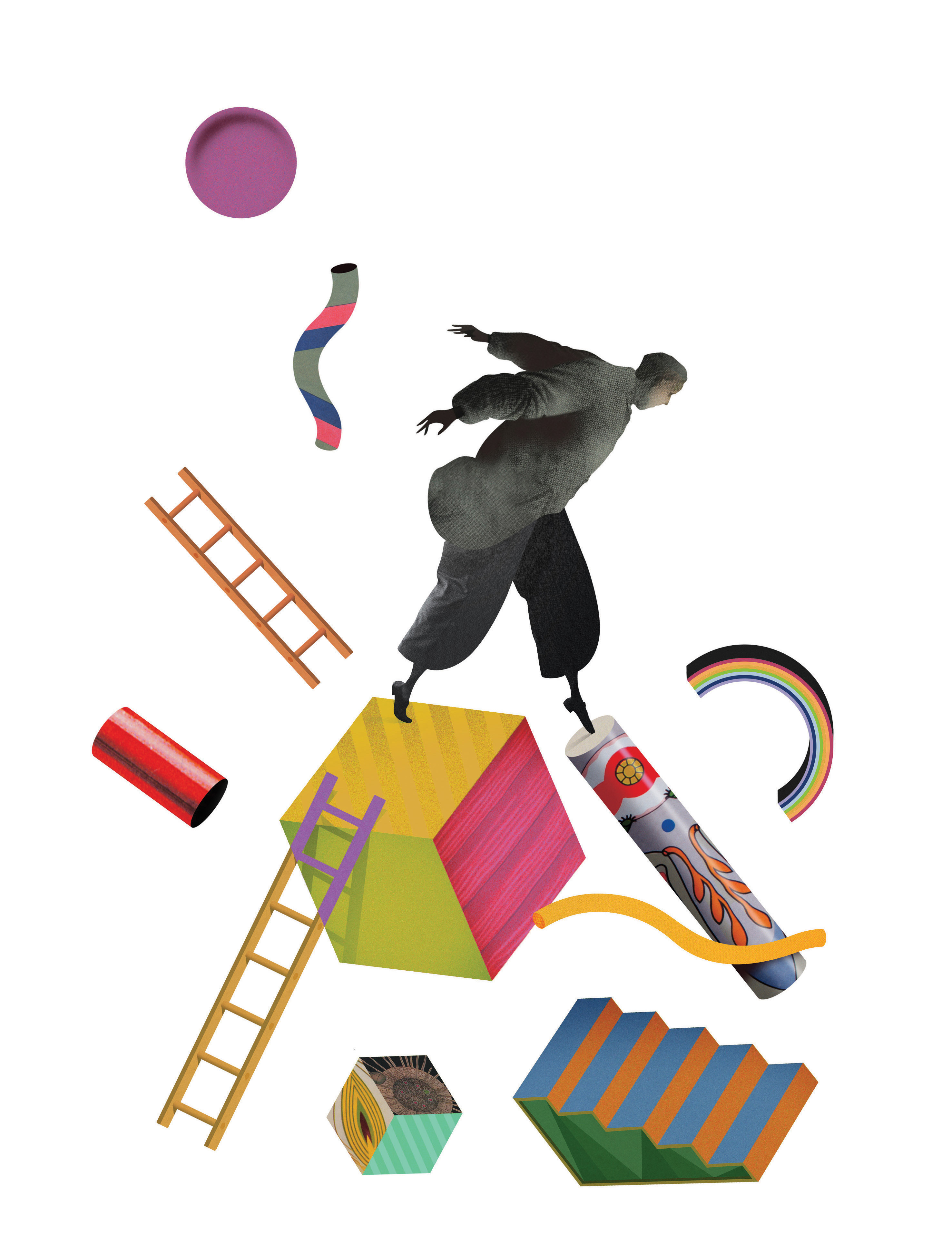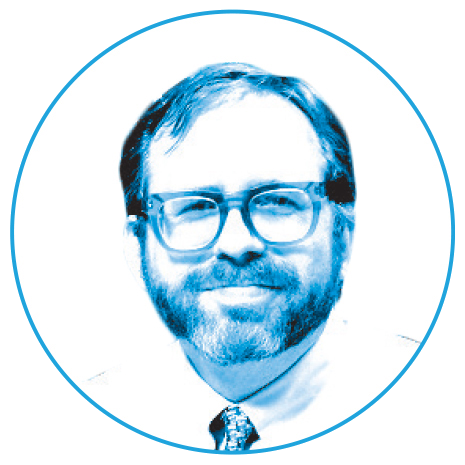
_Craig Newschaffer
Newschaffer is director of the A.J. Drexel Autism Institute and a professor of epidemiology and biostatistics in the School of Public Health.
When her first child was a baby, Elizabeth Giuliani remembers how happy he was, always full of smiles.
But the Mullica Hill, N.J., mother also cannot forget that Stephen Stout II didn’t coo or babble like other babies. At the time, Giuliani chalked it up to a quieter personality.
By 12 months, though, her son still did not say mom or dad, but he knew all his numbers and letters, repeating sequences over and over, and even found letters in everything he saw. A lamppost was the letter r, for example.
“Why is he so fixated on numbers and letters?” Giuliani, 37, and a special education reading specialist, recalls thinking. Stephen also would spin endlessly in circles, stare at turning wheels and rarely make eye contact with others.
On Sept. 7, 2007, when he was around 2 years old, he was diagnosed with moderate to severe autism. He had all the classic symptoms.
“It was devastating,” says his father, Stephen Stout, 42.
From Conception to Pre-school
That’s why the Stout-Giuliani family jumped at a chance to participate in an unusual, long-term research study on autism being led by Drexel’s A.J. Drexel Autism Institute.
Known as the Early Autism Risk Longitudinal Investigation (EARLI), it focuses specifically on the critical but grossly understudied prenatal time period and the interplay of environmental risk factors with genetic susceptibility for a disorder that has becoming increasingly prevalent in recent decades.
“Whatever we can do,” Giuliani says was her immediate reaction to the study that required a three-year commitment. “Even if it’s 50 years from now,” she says her involvement was well worth it “if the study can alleviate some parents’ angst.”
EARLI, begun six years ago with the support of $10 million in grants from the National Institutes of Health and Autism Speaks, seeks to move the timeline for studying the risk factors of autism from early childhood to before, during and right after pregnancy, explains Craig J. Newschaffer, director of the A.J. Drexel Autism Institute.
“We’d like to develop some solid leads around modifiable exposures, things that families at risk or families in general might be able to avoid and as a result improve the development of their babies and reduce the chances they end up with autism spectrum disorders,” says Newschaffer, who is also a professor of epidemiology and biostatistics in the School of Public Health.
Julie Daniels, an associate professor of epidemiology at the University of North Carolina at Chapel Hill, is familiar with EARLI and views the study as particularly valuable for the time period it researches and the depth of data it collects.
“We’re pretty confident that autism begins prior to birth, and it’s just not identified until 2 or 3 years of age,” Daniels says. “If we’re really trying to get at what causes autism, we really need to get back to what’s happening before birth.
EARLI, she says, is one of the first studies to “look in the prenatal window in a high-quality way.”
“We’d like to develop some solid leads around modifiable exposures, things that families at risk or families in general might be able to avoid and as a result improve the development of their babies and reduce the chances they end up with autism spectrum disorders.”
–Craig J. Newschaffer, director, A.J. Drexel Autism Institute
The study enrolls families in which the mother is currently pregnant and in which an older sibling is already diagnosed with autism. It has enrolled 233 families at four sites around the country. (Enrollment has paused since fall 2012.) Besides Drexel, which has partnered with the Children’s Hospital of Philadelphia and the University of Pennsylvania, the other locations are Johns Hopkins University and its affiliated Kennedy Krieger Institute; the University of California at Davis and its MIND Institute, and Kaiser Permanente in Oakland, Calif.
The Stout-Giuliani family was approached three years ago, when Giuliani was early in her pregnancy with her third child, Gabriella, who recently graduated from the study and shows no signs of autism. (Stephen is now a bright third grader with a passion for Harry Potter novels and sports; he shows few symptoms of autism.)
The study closely follows the pregnant woman through the birth of her child and the first three years of life, checking for autism-like behavior.
Periodic blood and urine samples are collected to study biomarkers that could predict the development of autism. During pregnancy, participants log what they eat and drink, medications they take, any exposure to pesticides and numerous other environmental details. Researchers also visit the home to assess risk factors and collect a dust sample.
When the mother gives birth, her placenta is collected for study. In addition, researchers take samples of cord blood and the newborn’s blood and first, black stool, known as meconium.
Early Clues
So far, the study has not found a smoking gun — though, for a disorder as complicated as autism, no single cause or factor is likely to be the culprit. And it’s still early. The participant babies need to grow older, Newschaffer says. “That’s one reason this type of research is very challenging,” he says. “You invest a lot up front, and you have to wait, wait, wait.”
But Newschaffer says EARLI has yielded some provocative tidbits that offer intriguing areas of future inquiry.
For example, blood samples might provide epigenetic clues as to what variables may trigger autism during pregnancy. (Epigenetics, a relatively new field, maintains that our environmental exposures can actually change our genome and how genes behave, or express themselves.)
Another area of research revolves around the shape of the placenta, the nexus between the mother and child. Normally, it is round. But preliminary comparisons of EARLI placentas with data about placentas from the general population show differences.
On average, EARLI moms’ placentas are a little thinner and a little irregular in shape, he says. Findings also indicate that the more irregular the shape, the higher the child scores on a scale designed to measure autism-like behavior at 12 months of age. “This is very, very preliminary,” he emphasizes. “But it is there.”
In addition, Newschaffer’s team also hopes to receive funding to look at air pollution and its impact on autism as well as at triclosan and triclocarban, both antimicrobials found in personal-care products. The antimicrobial agents have endocrine-disrupting properties and increase the amount of androgen, a hormone that stimulates the development of male characteristics. Autism is almost five times as common in boys as girls, and one theory speculates that autism is, essentially, a “more extreme male brain,” he says.
Measuring fetal androgen levels in EARLI’s meconium samples might provide a pathway to investigate the hormone’s role, if any, in autism.
Newschaffer — along with Nora Lee, an assistant research professor of epidemiology and biostatistics, and Igor Burstyn, an associate professor of environmental and occupational health — plan to investigate further these and several other avenues.
“We’ve … built this incredibly rich resource, and we’re now trying to harvest the fruit,” Newschaffer says.
For Giuliani, the study was “a great experience.” Testing of her youngest child showed her to be “typical” — music to the family’s ears — and the regular access to autism researchers allayed many fears.
“I felt it was a support team throughout the most critical time for your child,” she says. “It almost was a comfort.”
